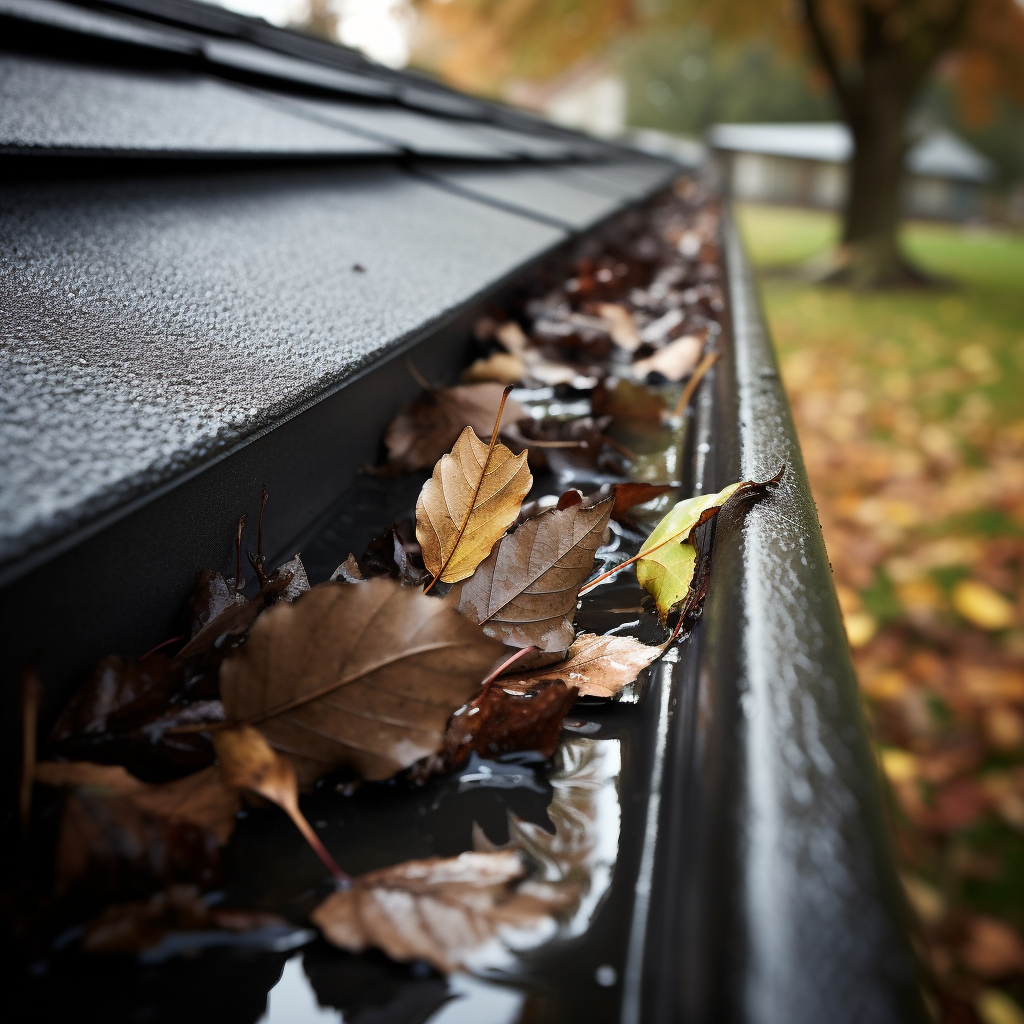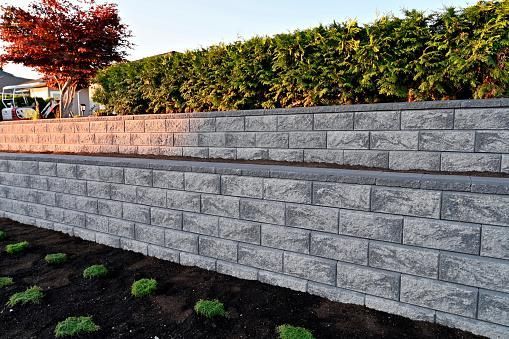Common Lawn Diseases in Spring
Have you noticed some funky stuff in your grass?
Well, it may be a lawn fungus or disease. If you see your grass getting brown spots instead of green, you may have one of the common lawn diseases found in cool-season grasses. If any of these diseases describe what you see in your lawn, call in a lawn care professional in Sanford, NC for a diagnosis just to be on the safe side.
Lawn Red Thread
Another one of the ugly lawn fungi that can show its face in spring is the red thread. Like snow mold, red thread likes to attack cool season grass like tall Fescue and Kentucky bluegrass. This fungus likes the humid weather and can appear in a range of air temperatures. Late April and June seem to provide the weather conditions when red thread shows up. It can appear as pink or red patches on your lawn. With a closer look, you may see small tufts on the tops of the grasses. This is the tell-tale sign of the red thread lawn disease. The tufts are really what distinguishes it from other lawn ailments like pink snow mold. The good news is that red thread will not kill your lawn, as it does not affect the roots of your grass (only the grass blades). Red thread may be on your lawn because of low nitrogen levels. Fertilizer has nitrogen in it, so treating your lawn with fertilizer will replenish the nitrogen levels and also strengthen the grass to help kick the fungus out of your lawn. If a fungicide is necessary, a lawn care company should apply this treatment.
Leaf Spot
Leaf spot is another one of the lawn diseases. Like the others, leaf spot enjoys cool-season grasses. You will be able to see the disease on your lawn when the outside temperatures reach around 55 to 60 degrees Fahrenheit and there is plenty of rain and moisture in the air. At first, you can see small brown spots on the leaves of the grass. During the next development stage of leaf spot, the spot will expand and have a dark purplish-red outside with a tan color in the inside of the spot. This will may make the grass just a little dried out and tired. There will be no severe damage to your lawn unless it goes into the melting out phase. When it begins the melting out stage, it will spread to the crown and roots of the grass, which leads to the grass dying. Again, all you can do is prevention. When the melting out stage hit, the application of fungicide will do very little improvement to the condition of your plant. The key to preventing leaf spot and other lawn diseases is a healthy lawn. Applying too much nitrogen fertilizer in the early spring is a big reason why leaf spot may creep up on your lawn. Watering your lawn the right amount so it does not dry out or get overwatered is important too. Water your lawn in the morning to make sure there is enough time for the water to be absorbed by the soil or evaporate.
Lawn Brown Patch Disease
I bet you can guess what brown patch disease looks like. It looks just like brown patches in your lawn! These large patches can range from a few inches to a few feet, and they can often be mistaken as just a dried out summer patch of grass. This fungus can be one of the most damaging lawn diseases mentioned. It will attack the roots and crown and kill your beloved grass! Brown patch disease loves the summer heat. It may start to grow when temperatures hit 65 degrees, but it really thrives in 80 to 85 degree weather with high humidity and nightly temperatures staying around 70 degrees. If your grass is looking a little dry, it is best to get the patches inspected by a lawn care company to see if it is a disease because diseases tend to spread rapidly through the yard. Once the disease has been diagnosed by a lawn professional, a certified and licensed applicator should treat the spots with fungicide. We know the weather is a factor in this disease, but unfortunately, we cannot control the weather. Brown patch disease develops when there is poor drainage, overwatering, over-fertilizing, little air circulation, and under-watering. Core aeration has a number of benefits, and it will help prevent brown patch disease by allowing for proper drainage and increased air circulation.
Do not forget to keep up on proper watering techniques to be sure you are giving your lawn not too much and not too little water during the spring and summer.









